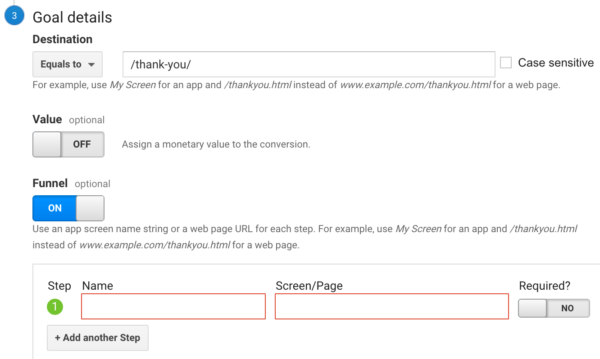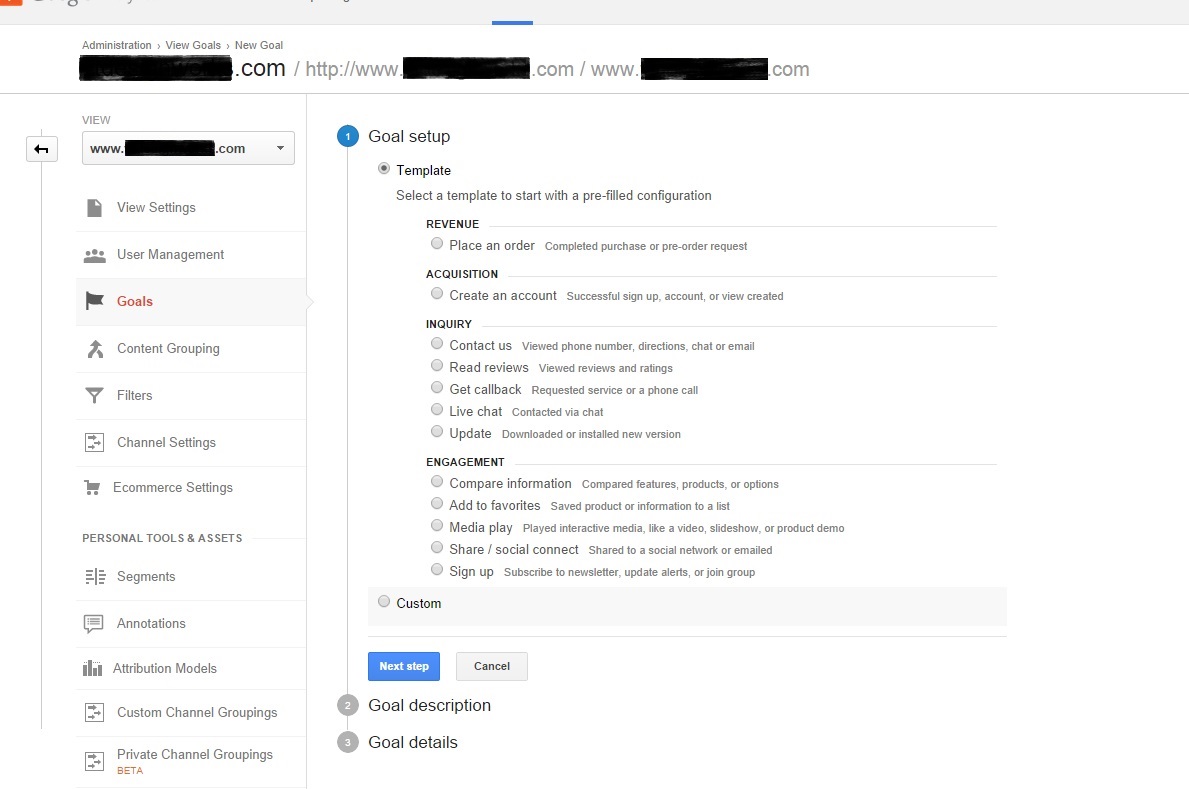Comprehensive Listing of What Data Is Google Analytics Goals Unable to Track
Comprehensive Listing of What Data Is Google Analytics Goals Unable to Track
Blog Article
Discover the Limitations of Google Analytics Goals: Introducing the Data Types That Remain Untrackable
As businesses progressively rely on data-driven decision-making, understanding the restrictions of tools like Google Analytics comes to be vital. While Google Analytics Goals offer valuable understandings into individual communications, there exist data types that avoid tracking, presenting difficulties to a comprehensive understanding of customer behavior.
Insufficient Individual Trip Tracking
Insufficient individual trip tracking within Google Analytics can hinder the ability to properly assess user habits. When the individual journey is not totally tracked, there are voids in the information that stop a detailed understanding of exactly how individuals interact with a website. This lack of insight can lead to missed chances for optimization and renovations to the user experience.
One usual problem with incomplete user trip monitoring is the lack of ability to see the full path that individuals take before completing a goal or leaving the site. Without this information, it is testing to identify where individuals might be experiencing barriers or rubbing factors that stop them from converting. In addition, insufficient monitoring can obscure the impact of specific marketing efforts or web site modifications on user behavior.
To resolve this limitation, it is crucial to set up proper monitoring systems within Google Analytics to catch the whole user journey. This may entail establishing event monitoring, goal funnels, or using tools like Google Tag Supervisor to guarantee that no essential interactions go unrecorded. By obtaining a thorough view of the customer journey, internet site proprietors can make even more enlightened decisions to improve user engagement and drive conversions.
Acknowledgment Difficulties
Browsing via acknowledgment difficulties in Google Analytics needs an extensive understanding of just how various touchpoints add to the total conversion procedure. Acknowledgment difficulties occur from the intricacy of modern consumer trips, where users interact with numerous networks prior to transforming. Google Analytics provides various acknowledgment models like first touch, last touch, and direct, each using a different perspective on exactly how debt is designated to touchpoints along the conversion path. These versions might not always precisely reflect the real influence of each touchpoint on the conversion.
One common attribution difficulty is the difficulty in connecting conversions to the correct source, specifically in instances where customers connect with multiple channels prior to transforming. Furthermore, cross-device tracking postures one more attribution challenge, as customers typically switch over in between gadgets during their journey, making it challenging to track their communications effortlessly.
Offline Conversions
Given the challenges connected with connecting conversions accurately in online networks, the dimension of offline conversions offers a considerable chance for marketing professionals seeking an extra thorough understanding of their customers' journey. Offline conversions refer to activities that clients take in the real world, such as making purchases in anchor brick-and-mortar stores or over the phone, going to events, or involving with published products - what data is google analytics goals unable to track. These conversions are vital for services that operate both online and offline, as they provide useful insights into the performance of advertising projects throughout numerous touchpoints
Tracking offline conversions traditionally postured a considerable obstacle for marketing professionals, as it was challenging to attach these actions back to specific online interactions precisely. With innovations in modern technology, such as the integration of CRM systems, unique identifiers, and coupon codes, businesses can now link the void between news online and offline information to obtain a much more alternative sight of customer behavior. By successfully determining offline conversions, marketers can optimize their techniques, assign resources extra successfully, and eventually boost the overall client experience.
Cross-Device Monitoring
Cross-device monitoring plays an essential function in recognizing the interconnected nature of consumers' electronic interactions throughout numerous gadgets. In today's omnichannel world, where users flawlessly switch between tablet computers, smartphones, and desktops, tracking their behavior throughout these tools is necessary for marketers to get a comprehensive view of their client journey.

Moreover, personal privacy problems and regulations such as GDPR and CCPA have additionally challenging cross-device tracking. With customers demanding even more control over their data and boosted constraints on tracking technologies, marketing professionals should locate privacy-compliant and innovative ways to attach individual communications throughout gadgets.
Dynamic Web Content Engagement
Comprehending customer engagement with dynamic web content is pivotal in optimizing digital advertising strategies for enhanced audience interaction. Dynamic web content refers to website components that change based upon individual behavior, preferences, or various other variables, supplying a tailored experience. Tracking customer interactions with dynamic web content postures challenges for traditional analytics tools like Google Analytics.
While Google Analytics can track fundamental communications like clicks and page views, it may battle to catch more nuanced involvements within dynamic content. what data is google analytics goals unable to track. Metrics such as time invested in certain vibrant elements, hover activities, or communications within pop-ups are usually not easily quantifiable making use of typical tracking techniques. This constraint hinders marketers' capacity to completely understand just how customers are engaging with vibrant material and tailor their techniques as necessary

Verdict
To conclude, Google Analytics goals have constraints in tracking insufficient customer journeys, attributing conversions properly, recording offline conversions, tracking cross-device interactions, and determining vibrant material interaction. These restrictions highlight the importance click here to find out more of checking out extra tracking methods and tools to get an extra thorough understanding of customer habits and conversions beyond what Google Analytics can supply.
While Google Analytics Goals deal useful understandings into user communications, there exist information types that thwart tracking, positioning challenges to a thorough understanding of user behavior.Insufficient individual journey monitoring within Google Analytics can hinder the capacity to properly examine customer actions. When the customer trip is not totally tracked, there are spaces in the data that avoid an extensive understanding of exactly how individuals communicate with a website.One typical issue with insufficient user journey tracking is the failure to see the full course that individuals take in the past finishing an objective or leaving the site. By getting an extensive view of the customer trip, internet site owners can make more educated decisions to boost individual involvement and drive conversions.
Report this page